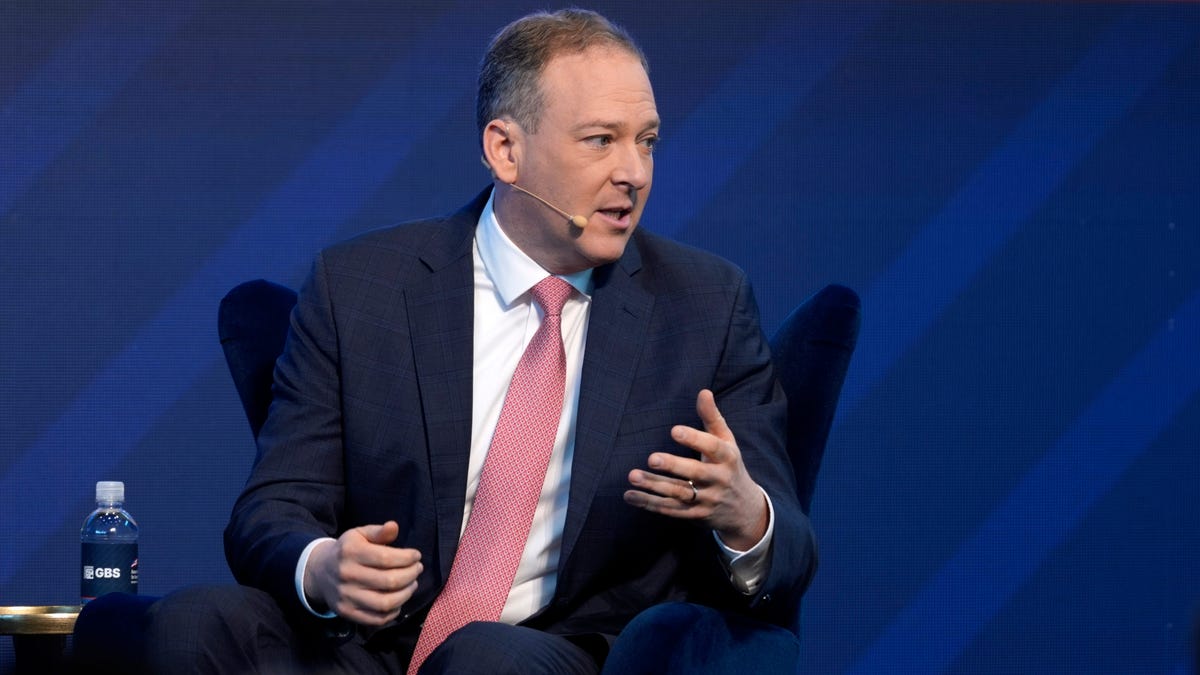What do Lee Zeldin’s EPA rollbacks mean for Americans?
Lee Zeldin announced the Environmental Protection agency would roll back regulations aimed fighting climate change and pollution.
The Environmental Protection Agency announced plans on May 2 to slash its budget by $300 million in fiscal year 2026, reduce staffing to 1980s levels and dissolve its research and development office as part of a sweeping overhaul of the agency.
The reorganization will consolidate several key offices, reflecting plans to cut regulatory red tape and promote more energy development, as laid out in President Donald Trump’s executive orders, EPA Administrator Lee Zeldin said in a video message.
“With these organizational improvements, we can assure the American people that we are dedicated to EPA’s core mission of protecting human health and the environment,” Zeldin said, adding the agency will be better positioned to match Trump’s goals to “unleash American energy, revitalize domestic manufacturing, cut costs for families and pursue permitting reform.”
Critics including the Union of Concerned Scientists said the staff cuts and changes in organization of the EPA would force staff members to follow the political program of the president rather than scientific evidence.
Zeldin said EPA staffing will fall to a level last seen when President Ronald Reagan occupied the White House in the 1980s, when the agency was led by an administrator who was critical of it. In 1984, the EPA had just over 11,400 staff members compared to more than 15,100 in 2024.
The reorganization follows weeks of speculation about staff cuts and Zeldin announcing the cancellation of billions of dollars of EPA grants.
Major changes to the agency’s structure include shifting scientific research from the Office of Research and Development to different program offices, such as a new office of applied science that would align research with the politically-appointed administrator’s policy priorities.
Researchers had warned that dissolving the research unit would undermine scientific independence.
The EPA also announced it was dissolving the Office of Science and Technology, which helped develop scientific research and guidelines for water policy.
Other changes will include creation of an Office of State Air Partnerships within EPA’s Office of Air and Radiation that will work with state permitting agencies to resolve permitting concerns and process state plans to meet federal rules.
It will also add 130 positions to the Office of Chemical Safety and Pollution Prevention to work on reviewing a backlog of over 504 new chemicals and over 12,000 pesticides.
The 1,500 research and development staff would need to apply for around 400 of the newly created positions in other offices, employees were told in an all-hands meeting at EPA on Friday. It was not clear what would happen to those employees that do not get new positions.
The agency extended the deadline by a week, to May 5, for accepting a deferred resignation for employees.
The EPA will also elevate issues of cybersecurity, emergency response, and water reuse and conservation, it said.
Advocacy group the Union of Concerned Scientists on Friday said that shuttering the EPA’s scientific arm that conducts independent research and folding it into policy offices will turn the EPA into a purely political agency.
“Dismantling this office, along with the administration’s plans to reclassify scientists as political appointees…could very well turn a premier science agency into a political arm of the president,” said Chitra Kumar, managing director of UCS’ Climate and Clean Energy Program.
